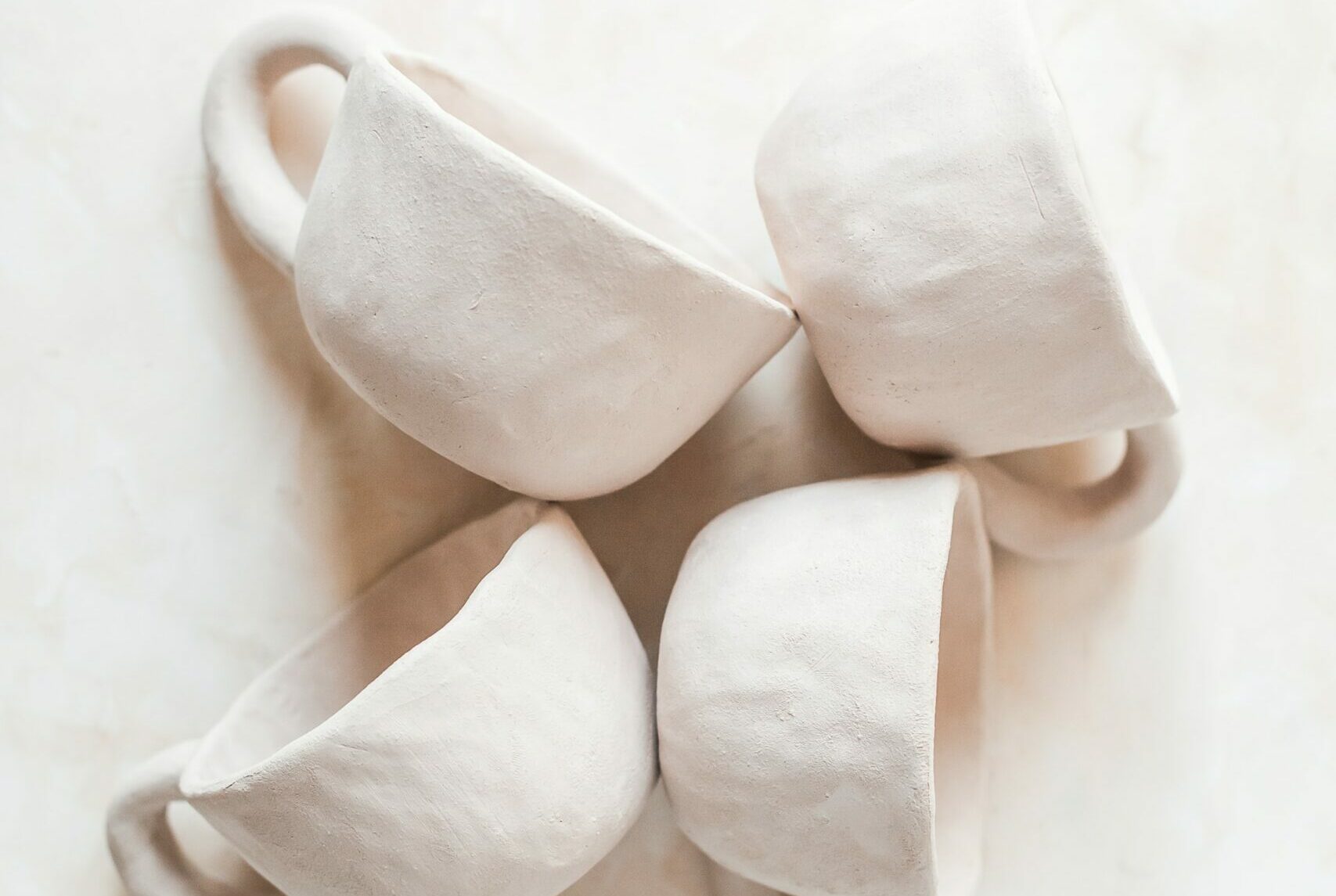Pottery is a timeless art form that has been enjoyed for thousands of years. However, with the increasing focus on sustainability and environmental awareness, many potters are now turning to eco-friendly pottery practices. This niche focuses on using sustainable and natural materials, recycling, and reducing waste in the pottery-making process. In this article, we will explore the benefits of eco-friendly pottery and share tips on how you can incorporate these practices into your own pottery making.
Why Eco-Friendly Pottery Matters
Pottery making involves the use of natural resources such as clay and water, as well as energy for firing and glazing. Traditional pottery making practices often involve the use of non-renewable resources and chemicals that can have harmful effects on the environment. For example, many glazes contain heavy metals that can leach into the soil and water supply, posing a threat to both human health and the environment.
Eco-friendly pottery practices aim to minimize the impact of pottery making on the environment. By using sustainable and natural materials, recycling, and reducing waste, potters can create beautiful and functional pottery while also minimizing their environmental footprint. Here are some tips for incorporating eco-friendly practices into your pottery making:
Use Natural and Sustainable Materials
One of the key principles of eco-friendly pottery is the use of natural and sustainable materials. This includes using locally sourced clay, which reduces the carbon footprint associated with transportation. Many potters also use recycled materials such as crushed glass, paper, and metal in their pottery to reduce waste and give new life to discarded materials.
Another sustainable material that is gaining popularity in eco-friendly pottery is hemp. Hemp fibers can be used to make a range of pottery materials, from clay to glazes. Hemp is a renewable resource that requires less water and pesticides than traditional crops, making it a more sustainable choice for pottery making.
Reduce Waste
Pottery making can generate a lot of waste, from excess clay to scraps of glaze materials. To reduce waste, potters can use a range of techniques such as recycling clay scraps and reusing glaze materials. For example, leftover glaze can be mixed with water and used to create a textured surface on pottery pieces. This not only reduces waste but also adds a unique and interesting element to the pottery.
Another way to reduce waste is by using alternative firing methods. Traditional pottery firing methods require a lot of energy and can generate a significant amount of pollution. Eco-friendly potters use alternative firing methods such as pit firing, which uses wood or other natural materials to create a unique and eco-friendly finish.
Use Non-Toxic and Biodegradable Materials
Many traditional pottery materials such as glazes and clay contain harmful chemicals that can have negative effects on the environment and human health. Eco-friendly potters use non-toxic and biodegradable materials that are safe for both the potter and the environment. For example, natural pigments such as iron oxide and manganese dioxide can be used to create beautiful and unique glaze colors without the use of heavy metals.
Recycle and Reuse
Recycling and reusing materials is another important aspect of eco-friendly pottery. This includes recycling clay scraps and reusing glaze materials, as well as repurposing old pottery pieces into new creations. For example, broken pottery can be used to create mosaic designs or incorporated into new pottery pieces as decorative elements.
Another way to recycle and reuse materials is by using reclaimed materials such as old tiles or glass. These materials can be crushed and used as decorative elements in pottery pieces, adding a unique and eco-friendly touch to the finished product.
Eco-friendly pottery practices offer a range of benefits for both the potter and the environment. By using natural and sustainable materials, reducing waste, and using non-toxic and biodegradable materials, potters can create beautiful and functional pottery while minimizing their environmental impact. By incorporating these eco-friendly practices into your pottery making, you can create unique pieces that are not only beautiful but also sustainable and environmentally responsible.
In addition to the benefits of eco-friendly pottery practices for the environment, there are also potential marketing advantages. With the increasing demand for sustainable and eco-friendly products, pottery businesses that adopt eco-friendly practices can appeal to customers who are seeking out environmentally responsible products. By showcasing your eco-friendly pottery practices, you can attract customers who are passionate about sustainability and who value handmade, locally sourced products.
Overall, eco-friendly pottery is a niche that offers potters the opportunity to create beautiful and unique pieces while also minimizing their environmental impact. By using sustainable and natural materials, recycling, and reducing waste, potters can create pieces that are not only beautiful but also environmentally responsible. With the increasing demand for sustainable products, eco-friendly pottery practices can also provide a marketing advantage for pottery businesses. So why not try incorporating eco-friendly practices into your pottery making today? Your creativity and the environment will thank you!

